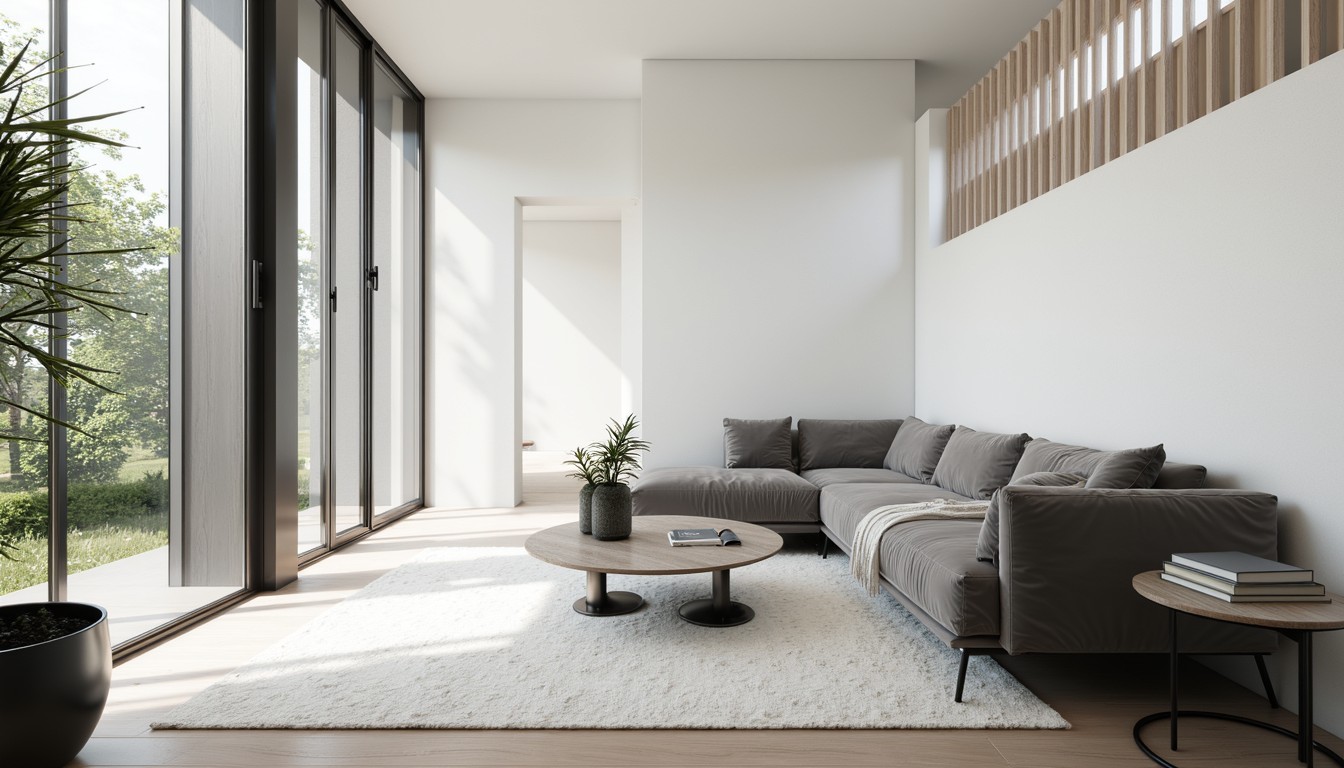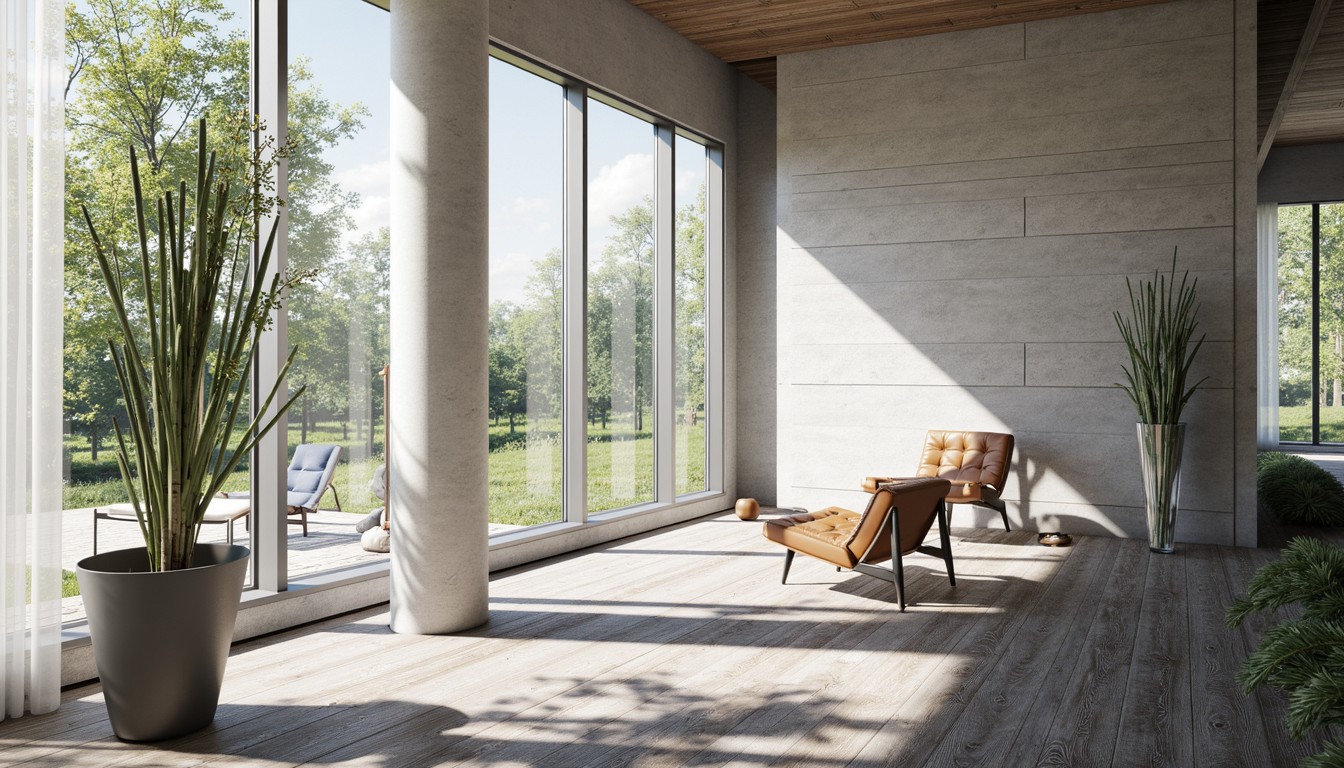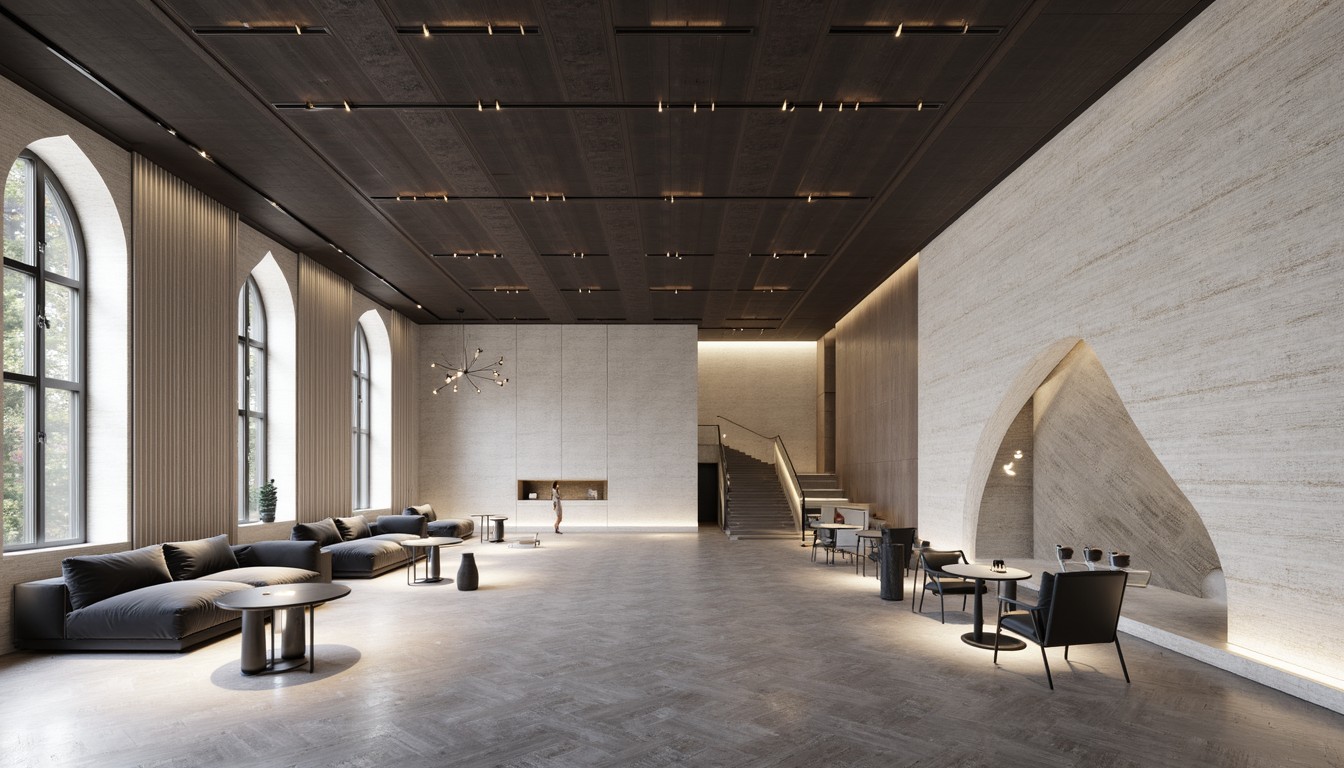AI-Powered Space Planning: A Design Revolution
The architectural landscape is undergoing a significant transformation, driven by the rapid advancement of artificial intelligence (AI). No longer a futuristic concept, AI is actively reshaping how architects design and plan spaces, offering unprecedented levels of efficiency, creativity, and precision. This article delves into the exciting world of AI-powered space planning, exploring its capabilities, benefits, and the transformative impact it’s having on the industry.
The Rise of AI in Architectural Design

For years, architects relied heavily on manual processes and traditional software for space planning. This often involved time-consuming iterations, manual calculations, and potential for human error. AI is changing this paradigm. AI algorithms can analyze vast datasets, including building codes, client preferences, site constraints, and even environmental data, to generate optimal space layouts in a fraction of the time it would take a human.
Key Applications of AI in Space Planning
AI’s applications in space planning are diverse and constantly evolving. Here are some key areas:
1. Automated Space Allocation and Optimization:
AI algorithms can intelligently allocate space based on specified criteria, such as function, size, and adjacency requirements. They can optimize layouts to maximize space utilization, minimize circulation distances, and ensure compliance with building codes. This eliminates much of the guesswork and iterative design process associated with traditional methods.
2. Generative Design:
Generative design leverages AI to explore a vast number of design options based on predefined parameters. The architect sets the constraints (e.g., budget, building codes, client needs), and the AI generates multiple design alternatives. This empowers architects to explore unconventional solutions and discover creative possibilities that might have been missed using traditional approaches. This process significantly speeds up the design exploration phase.
3. Virtual and Augmented Reality Integration:
AI-powered space planning seamlessly integrates with VR and AR technologies. Architects can use VR to walk through AI-generated designs, experiencing the space in a realistic 3D environment before construction even begins. AR overlays digital information onto the physical space, providing a real-time visualization of the proposed design within the existing context.
4. Predictive Modeling and Analysis:
AI algorithms can analyze data to predict the future performance of a space. For example, AI can model pedestrian flow, predict energy consumption, and assess the potential impact of environmental factors. This allows architects to make informed design decisions that optimize building performance and minimize environmental impact.
5. Client Collaboration and Communication:
AI can streamline communication between architects and clients. Interactive platforms powered by AI allow clients to easily visualize and provide feedback on different design options, leading to a more collaborative and efficient design process.
Benefits of AI-Powered Space Planning

The adoption of AI in space planning offers several compelling benefits:
- Increased Efficiency: AI automates tedious tasks, allowing architects to focus on higher-level design decisions.
- Enhanced Creativity: AI generates innovative design solutions that might not be possible through traditional methods.
- Improved Accuracy: AI minimizes human error and ensures compliance with building codes.
- Reduced Costs: AI streamlines the design process, reducing time and resources required for project completion.
- Better Client Collaboration: AI facilitates communication and feedback between architects and clients.
- Sustainable Design: AI enables architects to optimize building performance and minimize environmental impact.
Real-World Applications and Case Studies
AI-powered space planning is already being used in various real-world projects, from designing efficient office spaces to creating sustainable urban environments. Numerous case studies demonstrate the effectiveness of AI in optimizing space utilization, improving building performance, and enhancing the overall design process. For example, AI has been used to design hospitals with optimized patient flow, maximizing efficiency and minimizing infection risks.
Challenges and Considerations
While AI offers significant advantages, it’s crucial to acknowledge some challenges:
- Data Requirements: AI algorithms require large datasets for training and accurate predictions.
- Computational Resources: Processing large datasets can require significant computational power.
- Ethical Considerations: Architects must consider the ethical implications of using AI in design.
- Integration with Existing Workflows: Integrating AI tools into existing architectural workflows can be challenging.
The Future of AI in Space Planning

The future of AI in space planning is bright. As AI technology continues to advance, we can expect even more sophisticated tools and applications to emerge. AI will play an increasingly crucial role in shaping the built environment, enabling architects to design more efficient, sustainable, and creative spaces.
ArchNav: Leading the AI Revolution in Architectural Visualization
ArchNav is at the forefront of this revolution, leveraging the power of AI to provide architects with cutting-edge visualization and space planning solutions. Our AI-powered tools empower architects to create stunning visualizations, optimize space layouts, and enhance client collaboration. We are committed to pushing the boundaries of architectural design through innovation and technology. Contact us today to learn how ArchNav can help you harness the power of AI for your next project.
